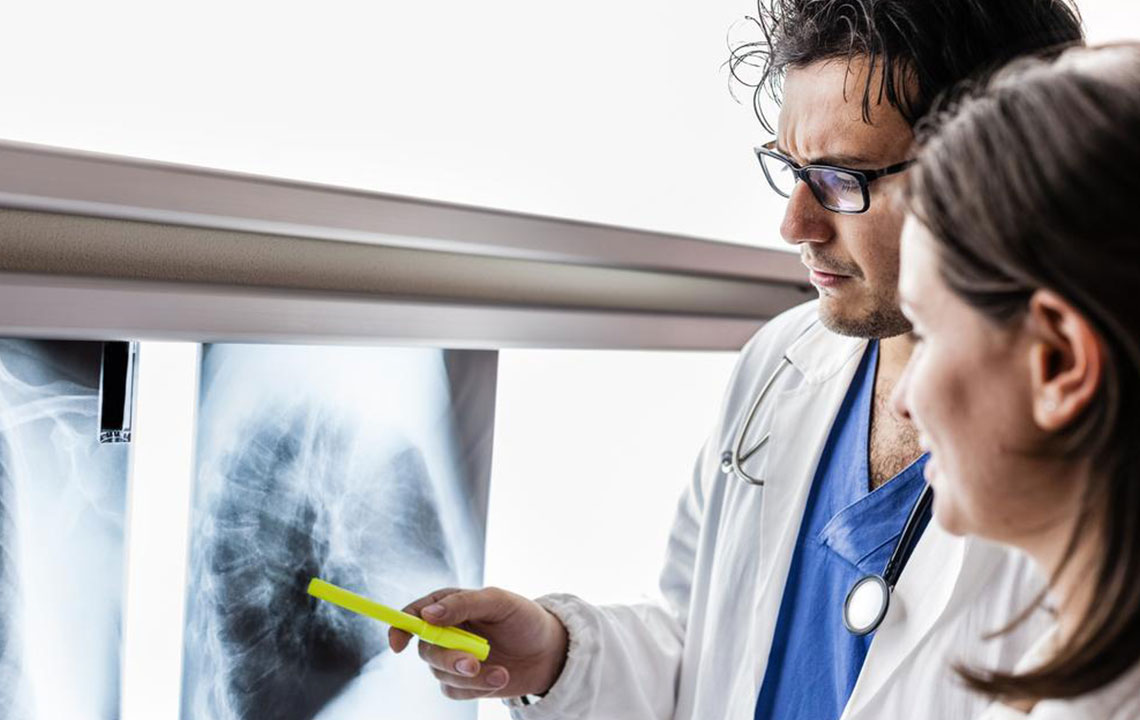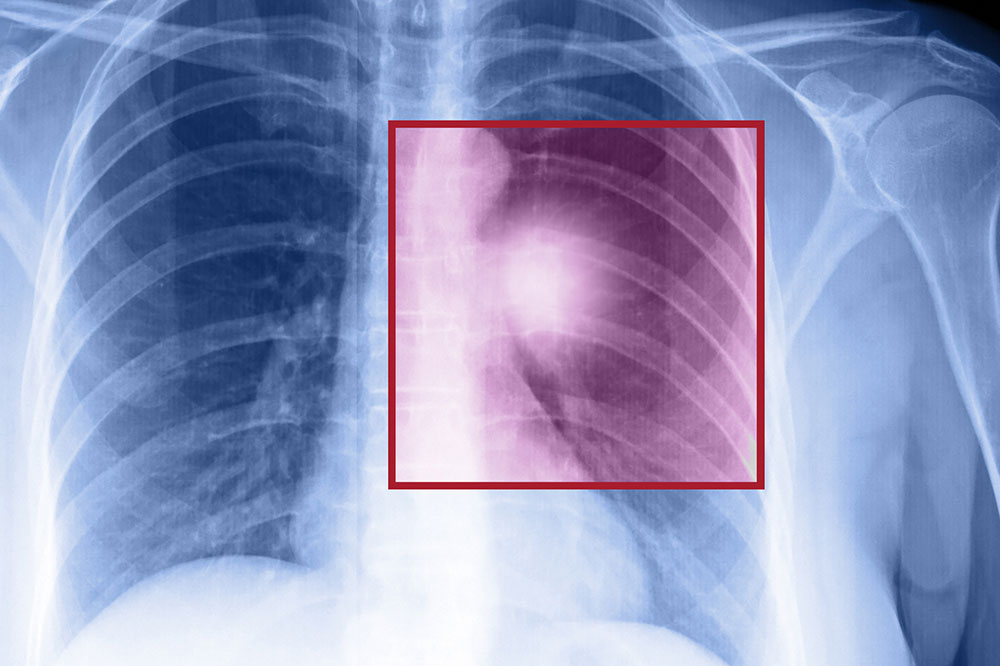Comprehensive Guide: Top 5 Proven Strategies to Minimize Lung Cancer Risk
Lung cancer is a leading cause of death worldwide, but most cases are preventable through lifestyle changes. This comprehensive guide explores the top five proven strategies to reduce lung cancer risk, including quitting smoking, avoiding secondhand smoke, adopting a healthy diet rich in fruits and vegetables, testing for radon in your home, and scheduling regular screenings. Implementing these preventive measures can substantially lower your chances of developing lung cancer, ensuring better health and increased longevity. Stay informed and proactive to protect yourself from this deadly disease.

Comprehensive Guide: Top 5 Proven Strategies to Minimize Lung Cancer Risk
Lung cancer remains one of the most formidable health challenges worldwide, claiming countless lives each year. According to data from the World Health Organization, lung cancer ranks among the leading causes of cancer-related death globally. Despite its severity, lung cancer is notably one of the most preventable types of cancer, primarily through lifestyle modifications and increased awareness. Implementing certain preventive measures can significantly reduce your likelihood of developing this disease. This comprehensive guide outlines five scientifically supported strategies to help you lower your risk and protect your health effectively.
Eliminate Smoking and Tobacco Use: Smoking is by far the most significant risk factor for lung cancer, responsible for approximately 87% of cases worldwide. Quitting smoking not only reduces your risk but also improves overall respiratory health. There are various cessation methods available, including nicotine replacement therapies, counseling, and support groups, all of which can enhance your chances of successfully quitting. It's essential to understand that the earlier you quit, the greater your chances of significantly lowering your risk.
Minimize Exposure to Secondhand Smoke: Non-smokers exposed to secondhand smoke face a substantial risk of developing lung cancer due to the carcinogens present in tobacco fumes. Protect yourself and those around you by avoiding environments where smoking occurs. Implementing smoke-free policies at home and in public places creates safer environments and reduces passive exposure to harmful toxins.
Adopt a Diet Rich in Fruits and Vegetables: Consuming a variety of fruits and vegetables provides essential antioxidants, vitamins, and flavonoids that help neutralize harmful free radicals and protect cellular DNA from mutation. These nutrients boost your body's natural defenses and support the repair of damaged cells, thereby decreasing the chances of malignant transformation. Incorporate a colorful selection of produce into your daily meals for maximum benefits.
Test and Mitigate Radon Levels in Your Home: Radon is a naturally occurring radioactive gas that can accumulate in homes, especially those built over uranium-rich deposits. It is odorless, tasteless, and colorless, making detection challenging without proper testing. Long-term inhalation of radon increases lung cancer risk, particularly among non-smokers. Testing your home with radon detection kits and implementing mitigation systems if levels are high can substantially lower this hazard. It's advisable to conduct radon testing periodically, especially if your home is in an area with high radon potential.
Schedule Regular Medical Screenings: Early detection is crucial for successful treatment of lung cancer. Regular health check-ups and targeted screening programs, such as low-dose computed tomography (LDCT), can identify abnormal growths at an early stage, often before symptoms appear. If you're at high risk, based on factors like age, smoking history, or family history, discuss screening options with your healthcare provider to facilitate timely intervention.
Every year, lung cancer claims over a million lives worldwide, emphasizing the importance of preventive strategies. Although risk factors like genetics and environmental exposure cannot be entirely eliminated, lifestyle choices play a significant role in risk reduction. By staying informed, making healthier decisions, and embracing proactive measures, you can drastically cut your chances of developing this deadly disease. Protecting your respiratory health is not only vital for your longevity but also vital for improving your quality of life. Remember, prevention starts with awareness and action—take steps today for a healthier tomorrow.





